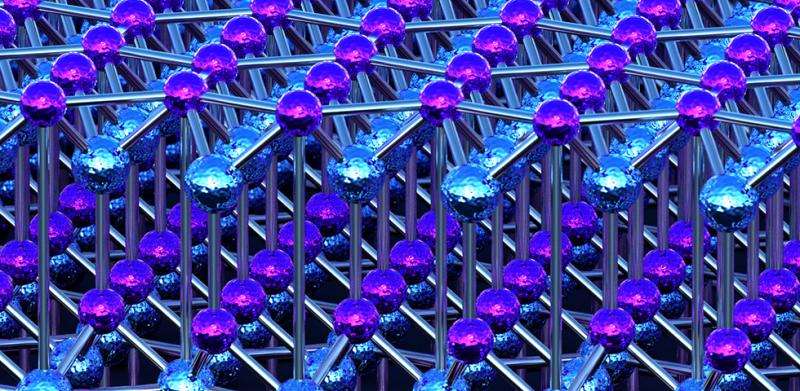GaN express sheds new light on the path to super-fast computing

The demand for faster computers is growing rapidly and the rise of big data demands novel solutions be explored to deliver quicker results.
Weather prediction systems, computation modelling of protein structures and the ever-increasing need for safer communications of confidential data are examples of information that needs to be crunched swiftly.
Several platforms are in competition to realise quantum technologies, and among the most promising is one based on generation of non-classical light sources.
The UTS team of Associate Professor Igor Aharonovich, from the School of Mathematical and Physical Sciences (MAPS), and PhD student Amanuel Berhane has demonstrated that this technology can be realised through the commercially available material gallium nitride (GaN). It is a wide-bandgap semiconductor commonly used in BluRay devices.
"Our technologies are based on ultra-bright light pulses that can carry the information at the speed of light, paving the way for quantum cryptography and optical quantum computing," said Associate Professor Aharonovich.
"This is significant research because we're developing new solutions for secured communications and quantum information."
Berhane conducted the research which led to this latest discovery of gallium nitride emitters early in 2016.
"Evaluating the properties of the new single-photon source in GaN against some of the criteria set for futuristic devices such as brightness and polarisation, we concluded the emitters in GaN hold great potential," he said.
The UTS team is focused on identifying and rendering semiconductor platforms that would make possible photon-based fast computing, Berhane said.
"We work with technologically compatible materials, so the next step to build a quantum processor is becoming more and more viable."
The UTS research, conducted in collaboration with Professor Dirk Englund and his group at Massachusetts Institute of Technology (MIT), has been published in the journal Advanced Materials.
UTS co-author Professor Milos Toth said the team used experimental and numerical modelling to identify a unique arrangement of structural defects in GaN as being the source of emission.
"Our work demonstrates novel single-photon emission from gallium nitride films, a material that is already a viable platform for light-emitting diodes (LEDs). The emission has observed different films having varying thickness and structures," he said.
The team is now focused on integrating these sources with on-chip devices to develop a commercial prototype. Most quantum technologies, such as quantum computers, are still largely in the research stage, with significant strides being made in lab demonstrations. This research demonstrates use of those technologies is drawing closer.
More information: Amanuel M. Berhane et al. Bright Room-Temperature Single-Photon Emission from Defects in Gallium Nitride, Advanced Materials (2017). DOI: 10.1002/adma.201605092
Journal information: Advanced Materials
Provided by University of Technology, Sydney





















